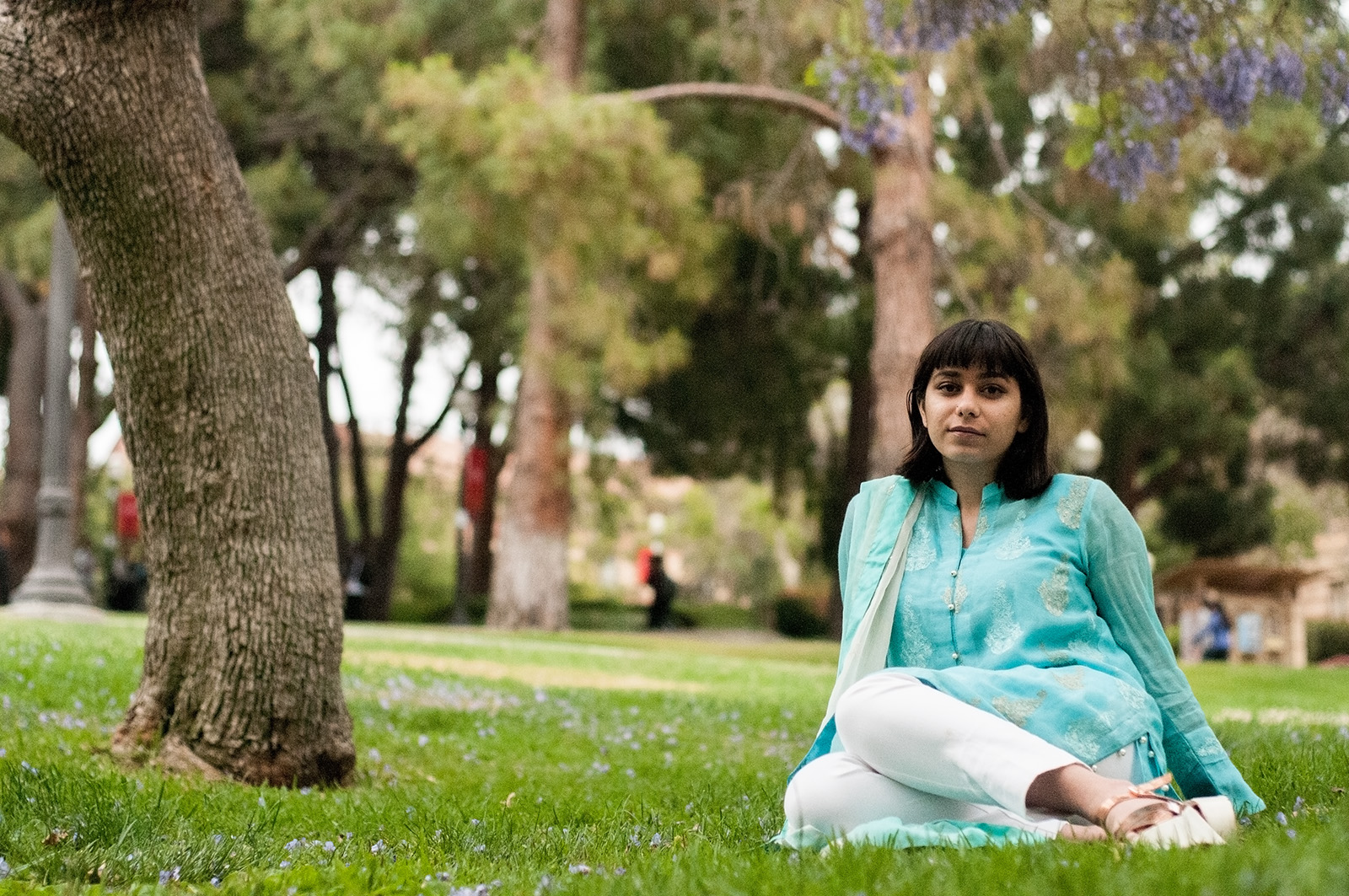Brown and Bothered: Desi culture can be appreciated if viewed in right context

Pakistani clothes like the “shalwar kameez” can be worn in different contexts. Clothes like “abayas” are meant for religious purposes, but are often used by celebrities today as fashion statements. (Kristie-Valerie Hoang/Daily Bruin)
By Sidra Rashid
May 31, 2017 12:17 a.m.
Students should avoid cultural appropriation – stealing what is considered the beautiful aspects of another culture without respect for the tradition from which it originates. It ignores the racism and xenophobia the creators of the items face. In Brown and Bothered, columnist Sidra Rashid discusses her experiences with appropriation of her Desi culture.
Pakistani and Desi cultures are beautiful, and I believe that in certain cases appreciation is possible without appropriation.
My intention with this column was to bring awareness to Pakistani and Desi culture, which can often be overlooked. There are parts of my culture that make me uncomfortable when non-Desi people participate in them. However, that isn’t a blanket statement – there are some aspects I’m happy to share.
Much like how some Desi people noted they were not offended by chai tea lattes and non-Desi people with henna, there may be some Desi people who are upset by the actions I consider acceptable. I don’t speak for all Desi people – only for myself, a Pakistani-American college student.
If you meet Desi people who are uncomfortable with something you are doing, listen to them. That being said, there are some parts of my culture I’m glad to share, given they are experienced in a respectful context.
Enjoying Bollywood music and movies
Bollywood movies and songs could be enjoyed by Western society and reach a wider global audience. After all, “Sailor Moon” merchandise is found at Hot Topic and the Korean band BTS won this year’s Top Social Artist at the Billboard Music Awards.
While Bollywood is Indian, and therefore I’m not a complete authority on the subject, I can still attest to the industry’s significant impact on Pakistani culture.
I’m not the biggest connoisseur of Bollywood – I was raised on PBS and Disney. However, that doesn’t mean Bollywood hasn’t impacted my life. My friends and I sang along to Bollywood music videos on the way to school, I watched “3 Idiots” in theaters and the song “You Are My Soniya” was my favorite. I grew up fangirling with friends over Shah Rukh Khan and danced to Bollywood songs for multiple weddings.
Bollywood films have everything found in Hollywood – exciting plots, comedy and an abundance of romance – thus diversifying content and widening the cultural understanding of Western viewers.
More people talking about the newest Bollywood movie or adding Hindi songs to their Spotify playlists allow more Desi creators and artists to authentically depict South Asian settings and characters.
Bollywood in mainstream society allows for more Desi representation. Perhaps one day we’ll have more Priyanka Chopras on our screens.
Wearing Desi clothes – in the right context
Please don’t wear shalwar kameez, a long tunic worn with loose-fitting pants, to a bohemian-themed party or document it as street style for a fashion blog.
However, if you are in Pakistan – whether for an extended vacation, volunteering or a study abroad – I believe it’s acceptable to wear the clothes of the country. Not only does it allow for an intimate connection with the culture, but you’re less likely to stand out as a foreigner.
There is a right and wrong way to wear cultural clothing.
Angelina Jolie while volunteering in Pakistan showed respect – she wore fairly plain frocks and covered her head in villages where that style was the norm.
Meanwhile, celebrities including Selena Gomez and Gigi Hadid took tourist photos in abayas, big flowy dresses that are normally black and worn with hijabs, at an Abu Dhabi mosque in the United Arab Emirates. While the celebrities weren’t in Pakistan, abayas are worn by Muslim women throughout South Asia and the Middle East, including Pakistan.
The derogatory poses like “namaste hands” and disregard for a place of worship – likely intended in the moment as a fashion statement for Instagram – indicate a lack of courtesy for the culture.
So long as clothing is adorned in the country from a place of respect – and not so that you can post photos of yourself doing the “om” pose on the internet – I think it’s fine to wear Pakistani clothes.
And I also think that there are acceptable occasions to wear Pakistani clothes in the West.
I once went to a Pakistani engagement party where everyone was in traditional clothing. In this context, it would have been appropriate for the mother of one non-Desi family, who came wearing a dress, to wear Pakistani clothing.
If my non-Desi friends attend a traditional dinner party or Pakistani wedding, they’re welcome to borrow my Pakistani clothes to feel comfortable and integrated into the event’s context.
Eating Pakistani food
It’s unfortunate that most people go their whole lives never trying Pakistani foods, like the rice dish, biryani, or authentic chicken tikka.
Pakistani food was the hardest for me to give up after I turned pescatarian. While bhindi – okra – and vegetarian kofta are tasty nonmeat options, I grew up especially loving chicken curries.
From street carts in Pakistan to Los Angeles restaurants like Shahnawaz Halal Tandoori and New Bilal Restaurant, there are plenty of ways to try authentic Pakistani foods. I’ve even tried Trader Joe’s samosas, which aren’t bad.
You could also try cooking yourself. And while there’s something special in having a Pakistani parent teach you old family recipes, you can still find some trusty websites, one being the Desi Cookbook.
Food can rarely be appropriated, and obviously authentic food always tastes better, so it’s always best to find the best Pakistani restaurant in your area.
Maybe even order a real chai while you’re at it.


